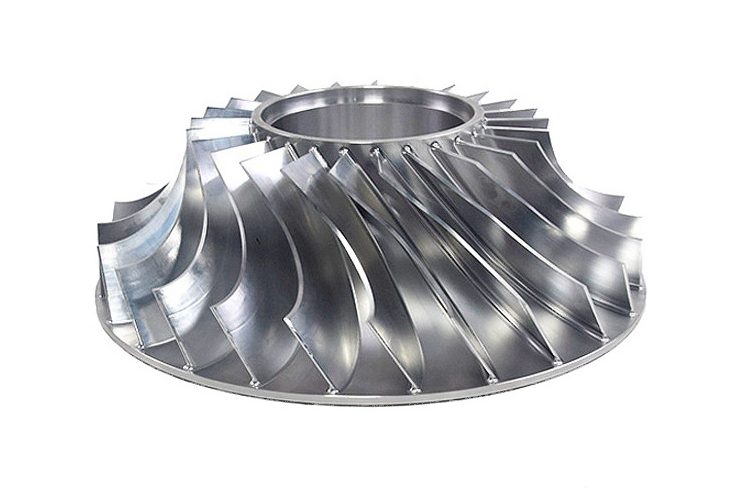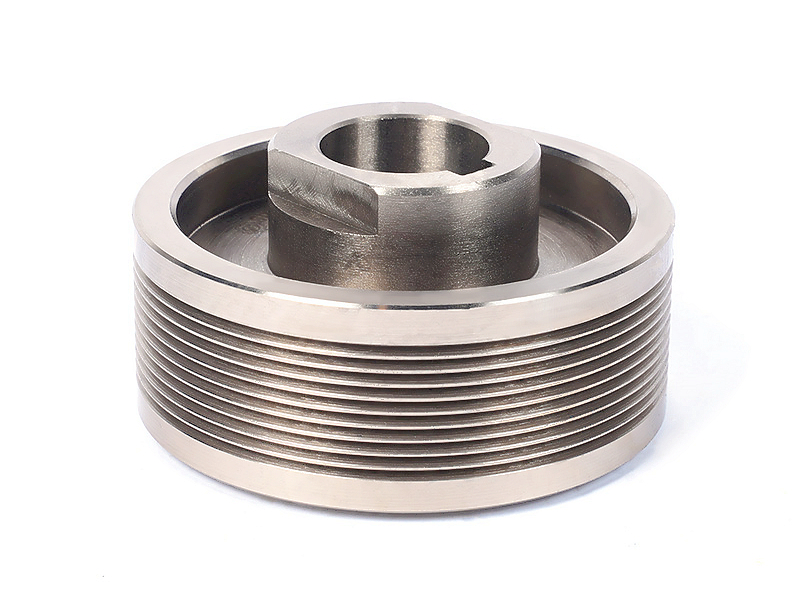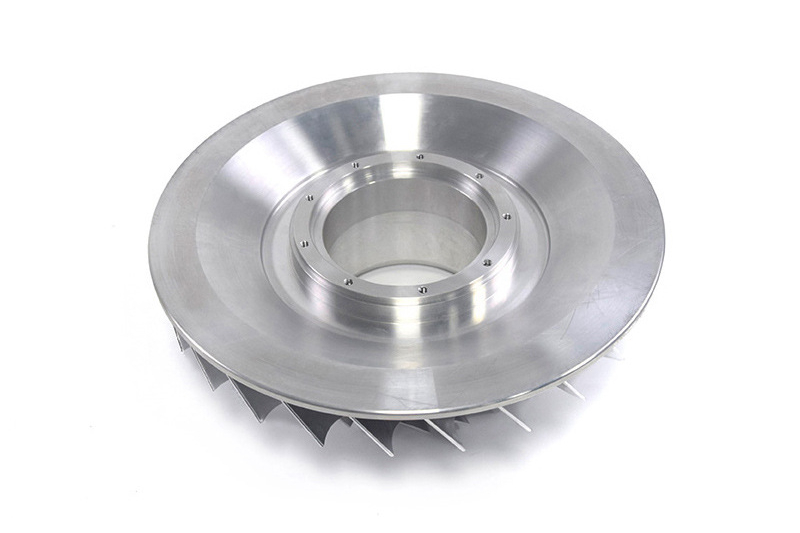How to choose the best surface treatment for titanium medical implants?
Selecting the optimal surface treatment for titanium medical implants is a critical, multi-factorial decision that directly influences the clinical success of the device. The choice is not a matter of a single "best" option, but rather the strategic alignment of a surface's properties with the implant's specific biological and mechanical requirements. The selection process must balance biocompatibility, osseointegration (bone bonding), wear resistance, and long-term stability within the human body.
Primary Objectives and Selection Criteria
The decision-making framework is built upon several core objectives:
Enhanced Osseointegration: For orthopedic (e.g., hips, knees) and dental implants, the primary goal is to promote rapid and strong bone ingrowth. Treatments that increase surface roughness, porosity, or bioactivity are preferred.
Bio-inertness and Corrosion Resistance: The surface must not elicit a negative immune response or corrode in the body's harsh electrolytic environment. A stable, passive oxide layer is paramount.
Wear and Debris Reduction: For articulating surfaces (e.g., femoral heads), the treatment must minimize wear particle generation, which can cause inflammation and osteolysis (bone loss).
Antimicrobial Properties: For certain implants, reducing the risk of infection is a key driver.
Common Surface Treatments and Their Clinical Application
1. Optimizing the Native Oxide Layer
Anodizing: This is a highly controlled electrochemical process that thickens and stabilizes the native titanium oxide (TiO₂) layer. CNC Aluminum Anodizing Service is common for aluminum, but the titanium process is different, producing a dense, non-porous film. It is excellent for enhancing corrosion resistance and provides a clean, consistent surface. The interference colors can also be used for part identification. It is a foundational treatment for many non-load-bearing or low-stress implants.
Electropolishing: This process is the opposite of plating; it removes a thin layer of surface material through an electrochemical process. Electropolishing for Precision Parts results in an ultra-smooth, mirror-like finish that minimizes adhesion points for bacteria and facilitates cleaning. It is ideal for surgical instruments and implants where a smooth, non-adherent surface is beneficial.
2. Adding Functional Coatings
Plasma Spraying (e.g., Hydroxyapatite - HA): This is a workhorse for enhancing osseointegration. A powder of hydroxyapatite (a calcium phosphate that mimics bone mineral) is melted and sprayed at high velocity onto the implant, creating a rough, porous coating. Bone cells readily attach to and grow into this bioactive surface, creating a strong mechanical bond.
Physical Vapor Deposition (PVD): This process vaporizes a solid material in a vacuum and deposits it as a thin, ultra-hard, and dense coating on the implant. PVD Coating for Precision CNC Parts can apply materials like titanium nitride (TiN) or zirconium nitride (ZrN), dramatically improving surface hardness and wear resistance. This is the preferred choice for articulating surfaces in joint replacements to minimize wear debris.
3. Creating Micro-topographies
Acid Etching: Immersing the implant in a strong acid creates a micro-rough surface topography that promotes bone cell attachment. It is often used alone or in combination with other treatments like grit-blasting to create a complex multi-scale surface structure.
Grit-Blasting: Blasting the surface with ceramic or other biocompatible particles (like corundum) creates a macro-roughness that provides initial mechanical interlock for bone. It is frequently used as a preparatory step before a coating like HA is applied.
Decision Matrix: Selecting the Right Treatment
Implant Type / Requirement | Recommended Surface Treatment(s) | Primary Rationale |
|---|---|---|
Dental Implants, Non-Cemented Orthopedic Stems | Grit-Blasting + Acid Etching; Plasma-Sprayed HA | Maximizes bone ongrowth/ingrowth for biological fixation. |
Femoral Heads, Bearing Surfaces | PVD Coating (e.g., TiN, ZrN) | Superior hardness and wear resistance to reduce debris. |
Surgical Tools, Temporary Implants | Electropolishing; Anodizing | Smooth, bio-inert, easy-to-clean surface; corrosion resistance. |
Complex Geometries (e.g., Porous Structures) | Electrochemical Anodizing | Can uniformly coat complex internal geometries that are inaccessible to line-of-sight processes like plasma spray. |
The Role of Precision Machining
The efficacy of any surface treatment is contingent on the quality of the underlying substrate. The implant must be machined to the highest standards to ensure dimensional accuracy and avoid introducing surface defects that could become stress concentrators. A Precision Machining Service with expertise in medical-grade Titanium CNC Machining is essential to create the perfect canvas for these advanced surface treatments, ensuring the final implant meets the stringent requirements of the Medical Device industry.



